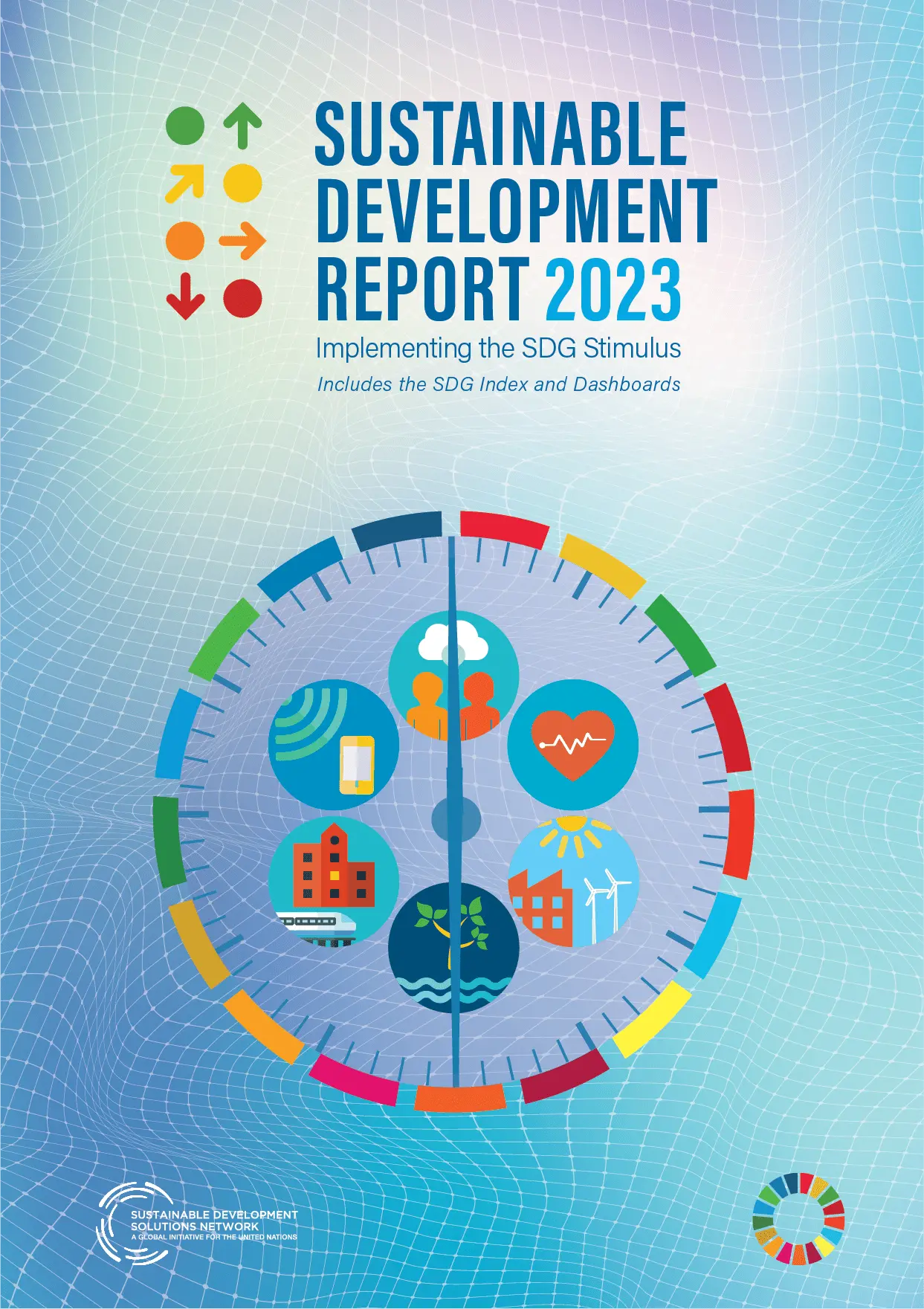


1.1.1 Proportion of population below the international poverty line, by sex, age, employment status and geographical location (urban/rural)
1.2.1 Proportion of population living below the national poverty line, by sex and age
1.2.2 Proportion of men, women and children of all ages living in poverty in all its dimensions according to national definitions
1.3.1 Proportion of population covered by social protection floors/systems, by sex, distinguishing children, unemployed persons, older persons, persons with disabilities, pregnant women, newborns, work-injury victims and the poor and the vulnerable
1.4.1 Proportion of population living in households with access to basic services
1.4.2 Proportion of total adult population with secure tenure rights to land, with legally recognized documentation and who perceive their rights to land as secure, by sex and by type of tenure
1.5.1 Number of deaths, missing persons and persons affected by disaster per 100,000 people
1.5.2 Direct disaster economic loss in relation to global gross domestic product (GDP)
1.5.3 Number of countries with national and local disaster risk reduction strategies
1.a.1 Proportion of resources allocated by the government directly to poverty reduction programmes
1.a.2 Proportion of total government spending on essential services (education, health and social protection)
1.b.1 Proportion of government recurrent and capital spending to sectors that disproportionately benefit women, the poor and vulnerable groups
2.1.1 Prevalence of undernourishment
2.1.2 Prevalence of moderate or severe food insecurity in the population, based on the Food Insecurity Experience Scale (FIES)
2.2.1 Prevalence of stunting (height for age <-2 standard deviation from the median of the WHO Child Growth Standards) among children under 5 years of age
2.2.2 Prevalence of malnutrition (weight for height >+2 or <-2 standard deviation from the median of the WHO Child Growth Standards) among children under 5 years of age, by type (wasting and overweight)
2.3.1 Volume of production per labour unit by classes of farming/pastoral/forestry enterprise size
2.3.2 Average income of small-scale food producers, by sex and indigenous status
2.4.1 Proportion of agricultural area under productive and sustainable agriculture
2.5.1 Number of plant and animal genetic resources for food and agriculture secured in either medium or long-term conservation facilities
2.5.2 Proportion of local breeds classified as being at risk, not-at-risk or at unknown level of risk of extinction
2.a.1 The agriculture orientation index for government expenditures
2.a.2 Total official flows (official development assistance plus other official flows) to the agriculture sector
2.b.1 Producer Support Estimate
2.b.2 Agricultural export subsidies
2.c.1 Indicator of food price anomalies